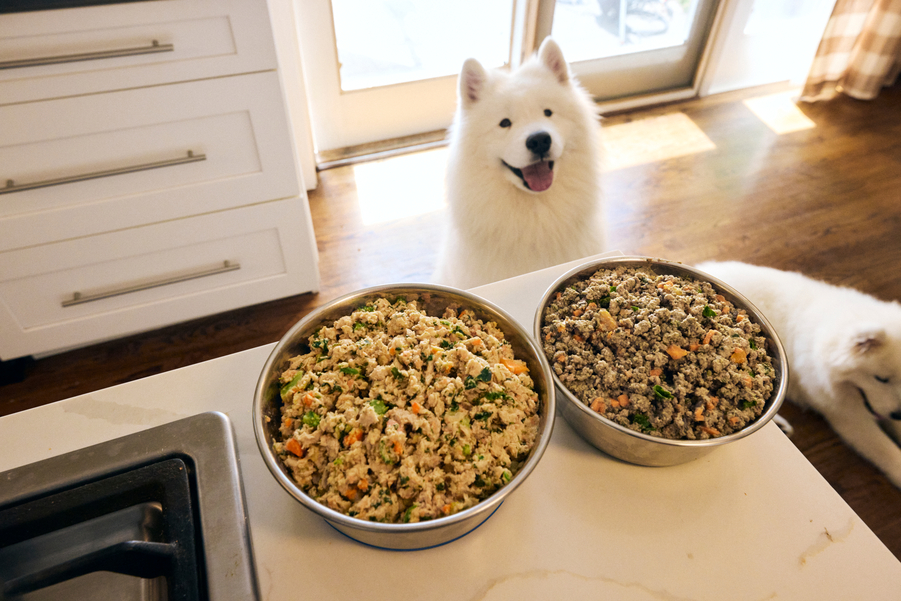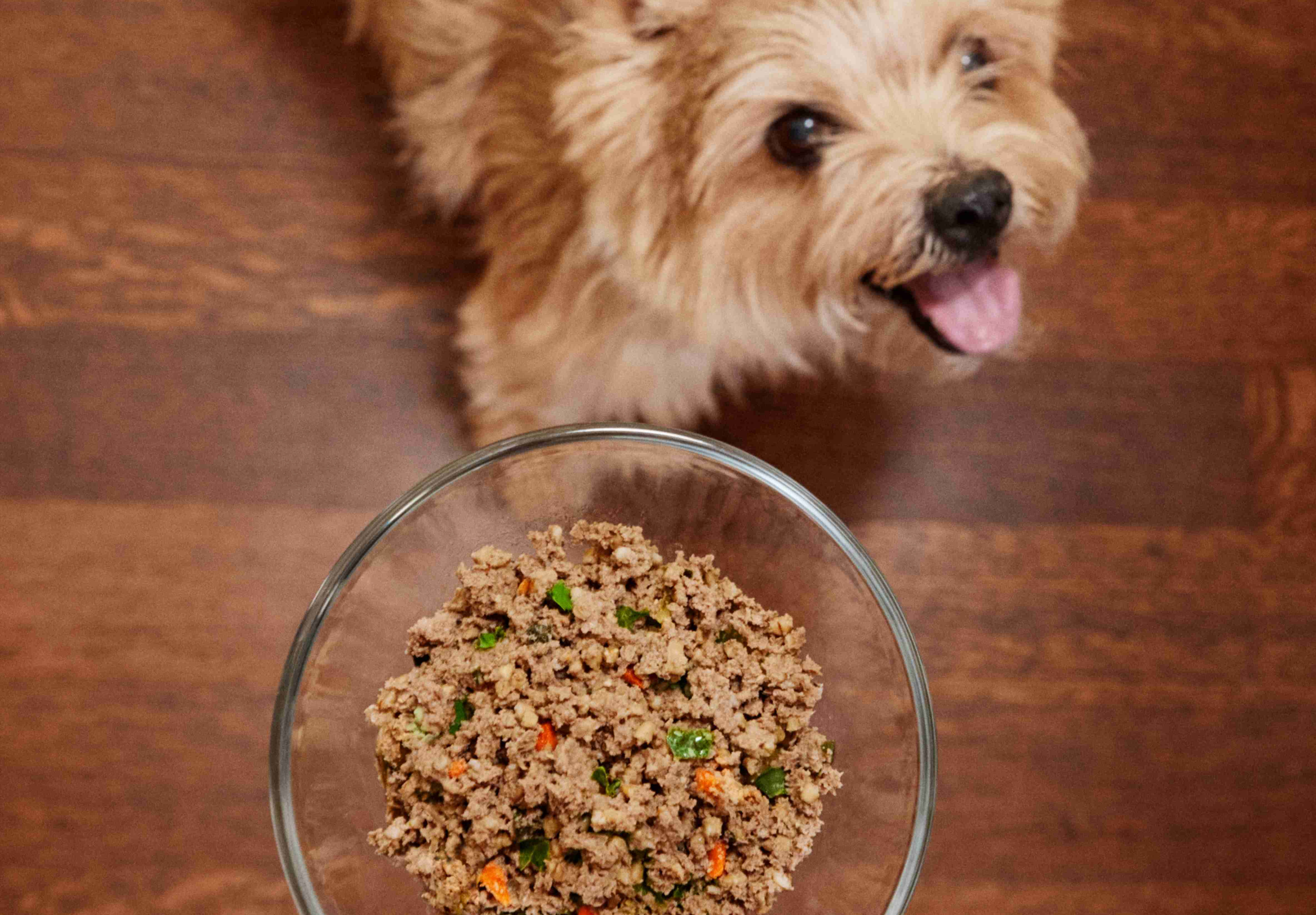
It’s a hot day, and you’re enjoying a scoop of ice cream. Can your dog partake of this summertime staple? The short answer is yes—but there are a lot of caveats when it comes to sharing ice cream with your dog.
Plain vanilla or fruit ice cream isn’t toxic, and a few, occasional licks shouldn’t be harmful—but ice cream in general is typically high in calories and could lead to weight gain if given too often and in too large amounts.
And it’s important to look closely at the ingredients before giving your pup ice cream. Certain flavors and toppings, and some of the potential hidden additives, are strictly off limits. Chocolate, coffee, macadamia nuts, and raisins are highly toxic to dogs, so be sure these flavors or toppings are not incorporated into your dog’s treat. Ingredients are sometimes added to ice cream that are harmful to dogs, yet they’re not obvious or visible: Xylitol, for instance, is a sugar substitute that can be found in ice cream (usually in “sugar-free” or “skinny” ice creams) and it’s extremely hazardous to dogs. It’s absorbed into the bloodstream very quickly and can lead to hypoglycemia and even death. Be sure to scan the ingredients for xylitol before giving ice cream to your pup (the sugar substitute also goes by wood sugar, birch sugar, and birch bark extract).
Again, it’s fine to give your dog a very small amount of ice cream in dog-friendly flavors—like vanilla, strawberry, or banana—but it should be an occasional treat and should not have any added toppings, especially known toxins like chocolate or raisins.
Key info about ice cream
Most dogs can tolerate dairy, but after they’re weaned as puppies, some dogs lose the enzyme needed for digesting the lactose in milk. For those dogs, even a small amount of ice cream may cause gastrointestinal issues such as diarrhea, bloating, constipation, and vomiting. And frozen yogurt isn’t the answer, either: there may be less lactose, but it can still trigger a stomach upset. To know if they’re lactose intolerant, give your dog a small amount of dairy, and watch them for symptoms like diarrhea, vomiting, gas, or bloating.
Ice cream is typically made from heavy cream and sugar. It can lead to weight gain if a dog eats too much of it or too often. Studies show that lean dogs can live up to 2.5 years longer than their overweight counterparts, so keeping dogs at a lean weight is one of the best things you can do for their health. When giving your dog ice cream, or any treat, keep the 10% rule in mind: “extras” should make up no more than 10% of your dog’s daily calories to avoid weight gain and nutritional imbalance. With a calorie-dense treat like ice cream, be sure to feed in very small amounts as an occasional treat.
What about vegan ice cream?
Vegan ice cream is dairy-free and plant-based, which might seem like an ideal frozen treat for your dog, but be careful: Vegan flavors are sometimes made with nut-based milks that your dog might be sensitive or allergic to (almond and cashew, for example; macadamia nut milk is less typically used, but it is toxic to dogs, so should be avoided)—or with soy or coconut milk, which may not be suitable for your dog.
“Vegan” doesn’t always mean “healthy.” Vegan ice cream may still contain lots of sugar, which can lead to weight gain, or other ingredients, such as chocolate, xylitol, caffeine, or macadamia nuts, all of which are toxic to dogs. Again, examine the ingredient list before giving your dog this variety of “ice cream.”
Are there any dog-friendly ice-cream alternatives?
To give your dog a refreshing frosty treat, you can buy an “ice cream” made specifically for dogs. (Note that store-bought dog-friendly ice creams may contain wheat, milk, soy, and peanuts, so make sure none of the ingredients contain allergens for your particular dog.)
Even better, you might consider making a homemade version of frozen treats. That way, you’ll know exactly what goes into it and control the ingredients. You can find simple recipes online, such as those made with a few ingredients like bananas and peanut butter, using a food processor or blender before freezing. If your dog tolerates yogurt with no issues, blend a bit of plain, unsweetened yogurt with some frozen fruit, such as blueberries. Or, you can simply freeze some bone broth into cubes. Your dog will likely enjoy it as much as a sweet treat.




